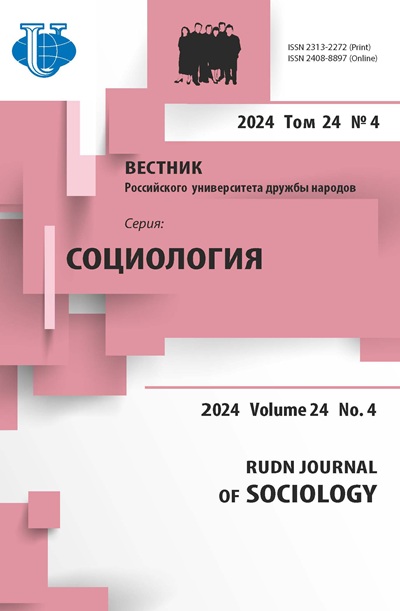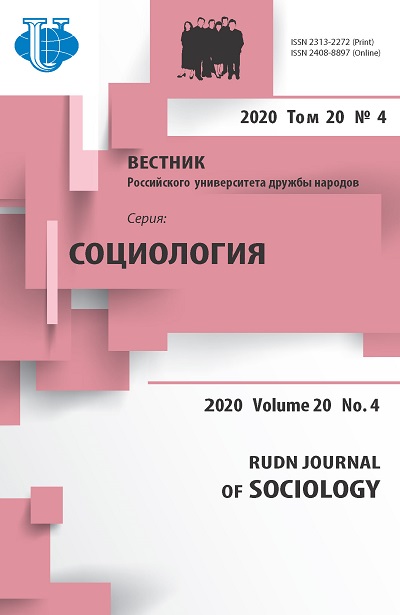Abstract
In the minds of members of society, social norms can exist in various forms. In their most general form, they are logical rules ‘if, then’. The theoretical framework most often used to study social norms is the “focus theory of normative conduct” which divides this logical rule into two types of norms - descriptive (‘the majority does this’) and injunctive (‘I should do this’). It is not known which of these three possible forms prevails (is most common or fundamental) in the minds of members of society, and this question should be answered empirically, for instance, by measuring the time of reaction to different descriptions of a social norm. If the description corresponds to the cognitive form of the norm, the reaction should be faster, since it takes less time and resources to compare and interpret wordings. The article presents the results of an experimental study of the cognitive accessibility of social norms in mass survey based on the method of ‘split-ballot’ which implies the presentation of different versions of the questionnaire to randomly selected subsamples. The survey consisted of 10 questions about attitudes to social norms in a particular situation: half of situations described a common norm, half - a violation of the norm. Each situation was described in three ways: implication (‘if, then’), common behavior, and imperative. The main measured variable was not the answers but the time for providing them. The results showed no statistically significant differences in timing of reactions to different forms of situation descriptions. Thus, the main result of the study is that three possible cognitive forms of social norms turn out to be equal, with no signs of prevalence or greater fundamentality. This can be explained in two ways: first, each cognitive form can use its own independent mechanism of actualization; second, the true cognitive form can differ from all three (for example, a non-verbal representation of actions). The choice between these two explanations requires further research.














